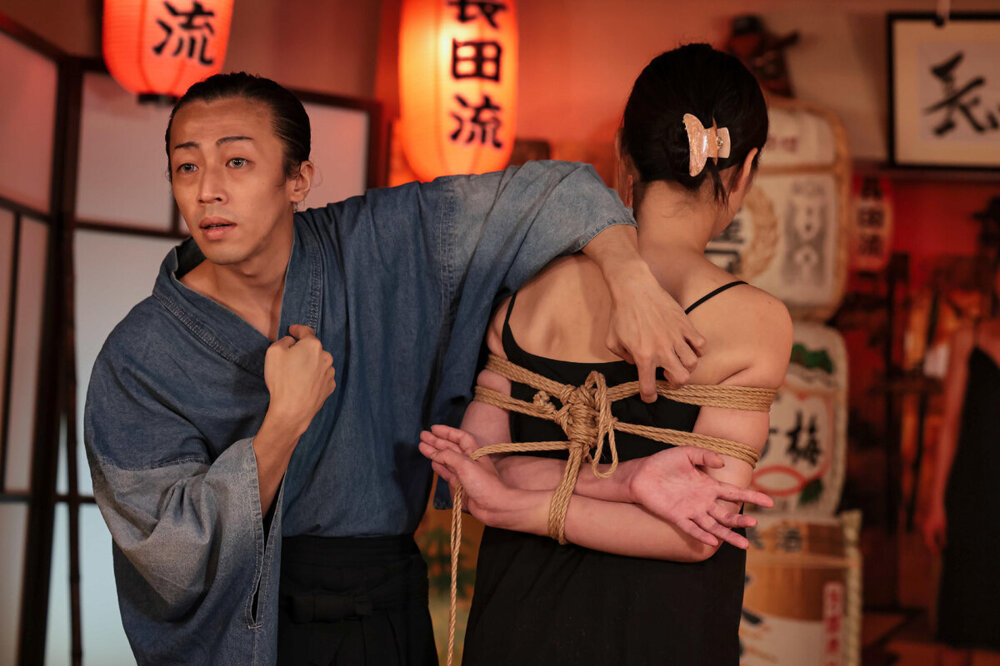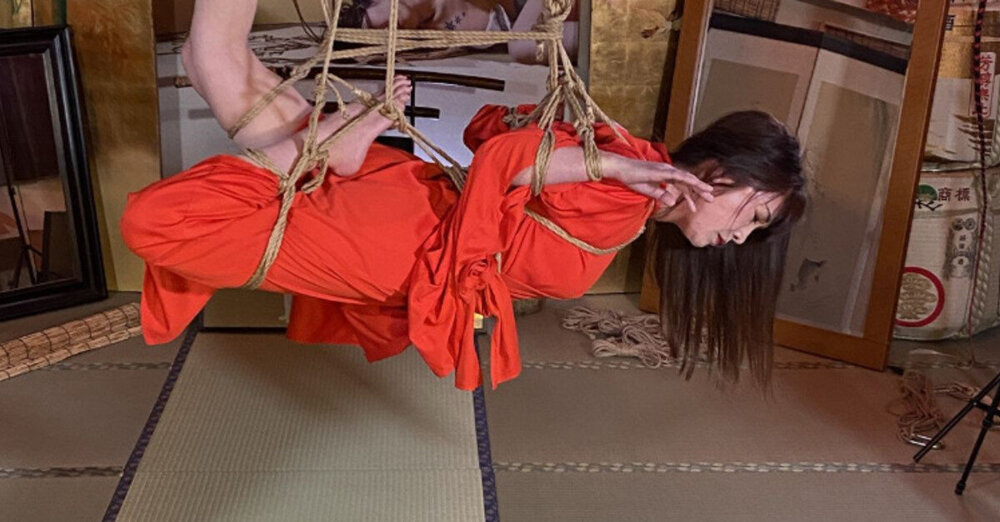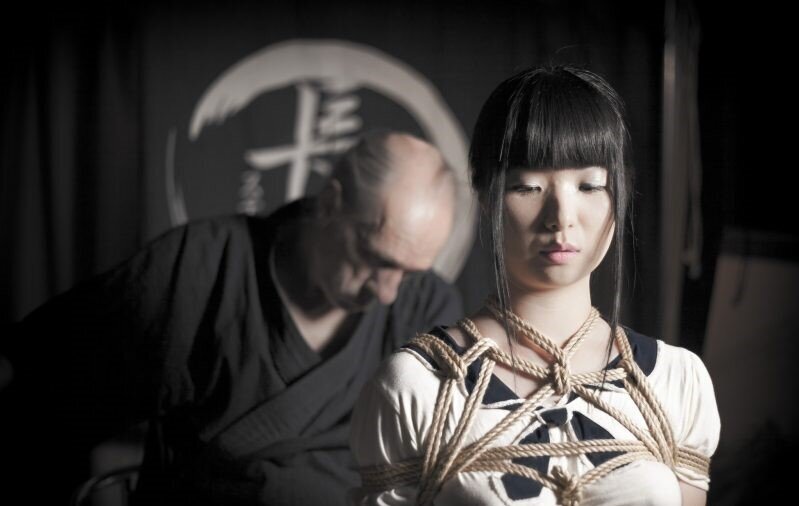Why is the practice of shibari so popular in Japan (7 photos)
Few people know that in Japan the practice of shibari, the technique of tying a person with ropes made of natural materials, is quite widespread. 
In Japan, this practice is so popular that every day thousands of spectators come to watch special performances of a man tying a woman with the help of unusual knots and many ropes. 
We can say that all this borders on unusual art with sexual overtones.
But where did the fashion for such “entertainment” come from in Japan?
First, a short excursion into history 
The word shibari means “to bind” in Japanese, and is a popular art of rope bondage that originated in Japan in the 17th century.
Before discussing shibari, we need to understand the development of its predecessor: hojojutsu.
In Japan, since the mid-1500s, there were over 100 different schools where the martial art of hojojutsu was actively practiced.
The purpose of these schools was to teach future soldiers or “law enforcement officers” to immobilize the enemy using one or more ropes on the battlefield to capture and escort prisoners, and in peacetime, to arrest criminals. 
But at the same time, binding had to be approached with mandatory consideration of the social status of the criminal or enemy.
A certain person (in peacetime or on the battlefield) had to be able to be associated, taking into account his physical proportions, social status, clothing or armor, as well as age and gender. For this purpose, in Japan (as we said above) there were schools that taught men special techniques and techniques for tying special knots. For example, monks, samurai, officials, beggars or courtesans were tied in different ways. Not only with different knots, methods, but even with ropes.
By the way, ropes in Japan had a rather unusual status
For example, in Japan, since ancient times, a shimenawa rope woven from newly harvested rice straw was usually hung at the entrance to Shinto shrines, temples, on torii gates, sacred landmarks, and in general it denoted sacred space. Traditional Japanese clothing also did not have buttons, but was fastened with special fabric ribbons and ropes. The hilt of the katana, a typical Japanese sword, is made of interwoven fabric tape. The border of the sumo ring is also made of ropes. We could go on and on with this list.
Because of such connections between ropes and sacred places, the Japanese began to develop a connection between affection, humiliation and suffering.
Beginning in the late 1800s, when Western concepts began to flow into the once closed Japan, as well as more overt techniques of sadism and masochism, such as the work of the Marquis de Sade. All this influenced representatives of the upper social class of Japan, who often began to associate tied and naked women in humiliating poses with something erotic.
But why did the practice of tying women become an art? 
After the First Sino-Japanese War, in June 1896, the Hongo Haruki-za Theater in Tokyo staged a theater called "Nisshin Senso - Yochi no Kataki-tan."
The story was that several Japanese nurses were subjected to constant bondage and sexual humiliation by Chinese soldiers in Manchuria, but eventually they forgave their tormentors.
At one of these performances, a fourteen-year-old boy was present in the audience, and this show touched him to the depths of his soul. 
Ito Seiyuu
This young man was none other than Ito Seiyu, who would go on to become an artist, photographer, and explorer known as the "Father of Kinbaku." It was he who began to create illustrations of tying, which soon began to give theatrical performances, where tying a woman with special and complex knots became something of an art.
The terms "shibari" and "kinbaku" are often used interchangeably to describe the art of Japanese rope bondage. 
While both shibari and kinbaku involve the use of rope to bind a person, kinbaku is characterized by strict and elaborate patterns of knots and ties, as well as careful attention paid to the position of the model's body and the overall composition of the scene.























